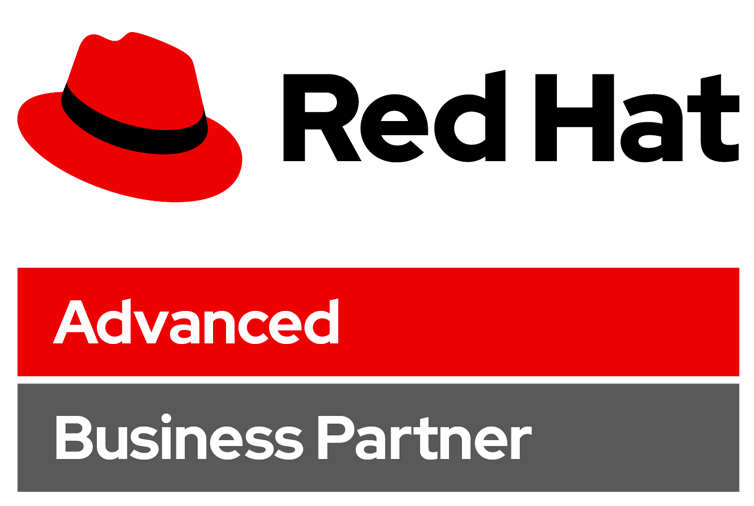Python in the real world
The real-world use cases of Python are limitless. Python is an object-oriented and structured programming language also it is integrated with high-level and general-purpose programming language. Python is used for different purposes, mainly for web development to data science, machine learning, and robotics. World-class companies such as Google, YouTube, Facebook, Instagram, Spotify, and Netflix are successfully building with Python. The main attraction of Python is its simplicity, that is why Instagram uses Python language. Especially for the framework, Django is entirely written in the language Python.
Python has a vital role in science and space exploration, as well as exciting use cases in robotics and hardware control. Python also supports the language Spotify because it is used for data analysis and back-end services.
Develop Cool Software
Python has a framework, tools, and libraries that allow you to write any kind of application. It has been used for different platforms like the web, desktop, and mobile also to create video games.
Web development
To open a new career Python is having a lot of opportunities mainly in developing web applications. Moreover, to support web applications and API, Python frameworks, libraries, and tools are very important. Here are some of the frameworks of Python:
1)Django
Django is one of the high-level frameworks that support web application development with a clean and unique design and also allows it to focus on writing applications without any risks
2)FastAPI
FastAPI is modern and has a high-performance web framework for building web API. Besides, code duplication is minimal with fewer bugs and also parameter declaration has multiple features.
3)Flask
Flask is one of the lightweight frameworks of Python for creating WSGI web applications. Flask can scale up to complex applications and it can be started quickly and easily.
4)Tornado
Tornado’s specialty is it has an asynchronous network library and it uses a non-blocking network I/O. Based on this feature, applications can be written and that can scale to tens of thousands of open connections.
CLI Development
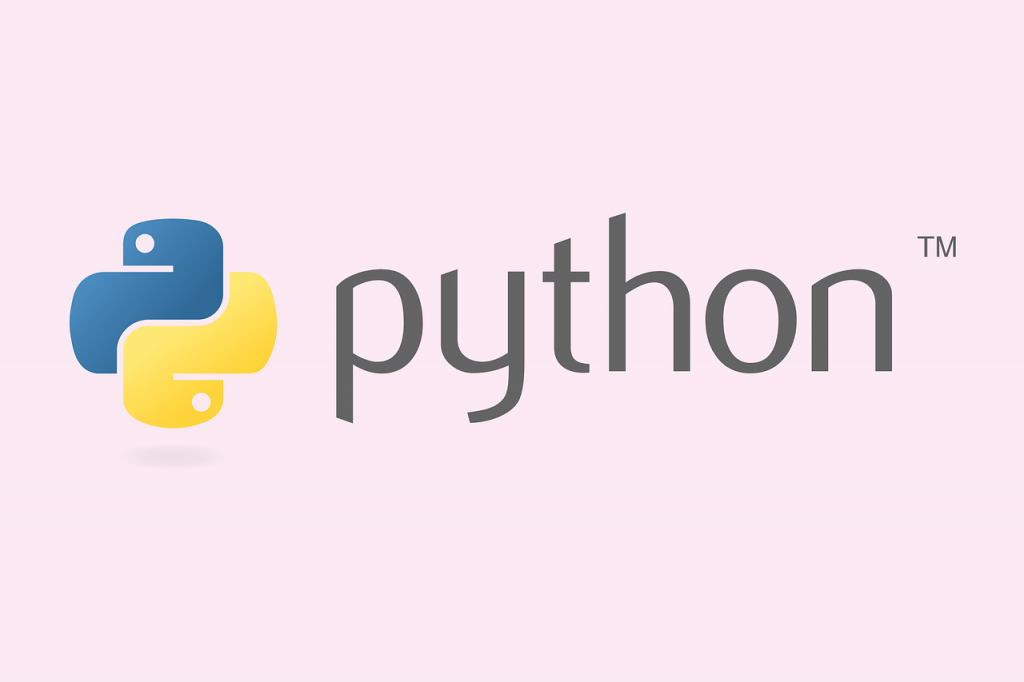
Python has another field and it is known as command-line interface(CLI) application development.CLI applications are used commonly and allows the developer to automate repetitive and barren tasks in the scheduled work by creating small and large tools for the command line, these command-line tools can build up easily by CLI libraries and frameworks. Mainly, there are 3 CLI libraries they are:
1) argparse
For writing a user-friendly command-line interface, argparse is a standard library module and the strong point is that it automatically generates help and usage messages and also issues errors if the invalid input is provided by the users. The developer can define the arguments that want to be taken at the command line and parse them nicely.
2)Click
Python has a package named Click, it is used for creating beautiful command-line interfaces and only a little code is needed based on the necessity. In addition, it comes with sensible defaults out of the box and is highly configurable. The main strength is making the process of writing the command line tools quick and fun.
3)Typer
Both developer and user love CLI applications because Typer is a library for building CLI applications. It allows automatic completion and automatic help messages for all shells. Debugging can be done easily and code duplication is minimized.
The strength and valuable skill of any Python developer are creating applications with a user-friendly and intuitive command-line interface.
GUI Development
The desktop environment is also an attractive feature of Python, it is used for creating traditional graphical user interfaces(GUI) applications. Python has a wide range of GUI libraries, frameworks, and toolkits, these all are for those who are interested in building this kind of application. Some of the various libraries that are available for GUI:
1)Kivy
The rapid development of applications with innovative user interfaces Kivy is a library is more sufficient especially for multi-touch applications. Besides, It runs on macOS, Android, iOS, Linux, Windows, and Raspberry Pi.
2)PyQt
PyQt is a set of Python bindings and it is used for the Qt application framework. For building GUI applications it includes classes and also for networking, threads, SQL, and databases the classes are provided. Furthermore, the platforms macOS, Windows, and Linux are supportable.
3)PySimpleGUI
The objective of the PySimpleGUI library is to transform the Tkinter, Qt,wxPython, and Remi GUI frameworks into a simpler interface. In addition, to simplify the event handling and define windows, Python core data types are used.
4)Qt for Python(Pyside6)
Python has a project named Qt for Python and it provides the official set of Python bindings(PySide6) for the Qt framework.
5)tkinter
The Tkinter package is also known as the tk interface, that’s why it is used as a standard Python interface to the Tk GUI toolkit. Without the need for third-party dependencies, it allows building GUI applications.
6)wxPython
wxPython is a Python binding and used for the wxWidgets C++ library. It supports creating applications in a single code base for Windows,macOS, and Linux. Also, it uses the platform’s native API which gives applications a native look.
Tkinter can be used to start building a GUI application quickly, but for creating a real-world application by using PyQt a calculator can be built, this calculator project helps to grasp the fundamentals of a full-featured GUI framework.
Game Development

The best way to learn and have an excellent option is to integrate multiple skills, create computer games because to develop games, the developer needs to use variables, loops, conditional statements, functions, object-oriented programming, and more. Many people love computer games due for this reason people take the profession of programming to recreate their favorite or a new game. By developing computer games, it can be a fun, problem -solving and rewarding adventure.
In the Python ecosystem, games can be created quickly by using several tools, libraries, and frameworks.
1)Arcade
Python library Arcade is used for creating 2D video games. To build high-quality and user-friendly games, Arcade is used because it has computer graphics and sound libraries.
2) PyGame
PyGame is another library that has a set of Python modules designed for video games and also it adds functionality on the top of the SDL library. It supports the creation of fully flushed games and multimedia programs with all features. The advantage of this library is that it is highly portable and runs on various platforms and operating systems.
3) Pyglet
Python has another powerful library named pyglet for creating games and also it provides visually rich applications on Windows,macOS, and Linux. Moreover, it supports windowing, user interface event handling, OpenGL graphics, loading images, and playing video and music.
Python is used to build arcade games, adventure games, and puzzle games that can deploy within hours because Python is an advanced programming language. Furthermore, code classic games such as hangman, tic-tac-toe, rock paper scissors, and more with recently obtained programming skills.
Dive Into Data Science and Math
Data Science is a combination of statistics, mathematics, programming, and problem-solving skills to take out useful information from data and it is a field that demands cleaning, preparing, and analyzing data to extract knowledge from it. In the field of data science and math, python plays an important fundamental role. The main benefit of Python is its readability, productivity, flexibility, and portability because of this reason the language has become more popular among scientists. Around the world of science, the python ecosystem has grown vastly and mature Python solutions are in almost every major key in math and science.
Python is an ultra-modern language so it includes machine learning(ML), artificial intelligence(AI), scientific computing, data analysis, and data visualization. The language also provides For the performance of data collecting, mining, and manipulating data the language also provides efficient tools
Machine Learning
For those who are interested in artificial intelligence, their first step should be machine learning because through experience only the algorithms can be studied. Moreover, based on samples of training data to make predictions and decision making these algorithms build models.
The most popular tools for doing machine learning with Python are
1)Keras
It is an API designed for human beings and an industrial-strength deep learning framework. It allows us to run new experiments and make an effort in more ideas quickly, also it follows best practices for reducing cognitive load.
2)NLTK
NLTK is an efficient and leading platform for building Python programs to work with human language data because it is easy to use, and also it provides libraries like classification, tokenization, stemming, tagging, parsing, and semantic reasoning.
3)PyTorch
Pytorch is an open-source machine learning framework for deep learning.PyTorch has a mathematical library and it performs automatic differentiation and efficiency on the graph-based model. Moreover, it can accelerate the path from research prototyping to production deployment.
4)Scikit-learn
scikit-learn is also known as sk-learn, The most useful library and it’s an open-source machine learning library that supports supervised and unsupervised learning. It’s an efficient tool for predictive data analysis that can be accessed by anyone and is reusable in various contexts. Moreover, the library contains efficient tools for statistical modeling including classification, regression, clustering, and dimensionality reduction.
5) TensorFlow
TensorFlow is used for machine learning because it is an end-to-end open-source platform. The tools, libraries, and community resources are a comprehensive and flexible ecosystem and it helps to build and deploy ML-powered applications.
Scientific Computing
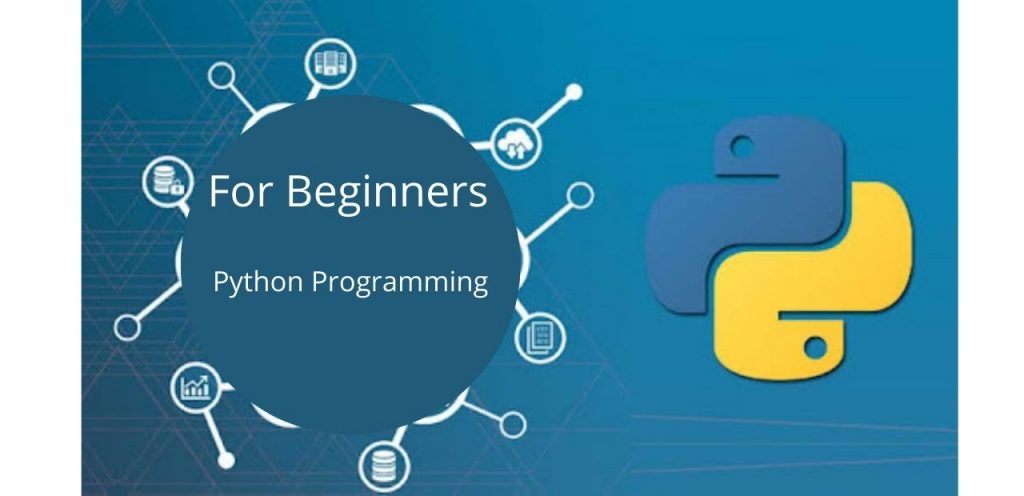
Python plays a significant role in scientific computing. The advanced computing capabilities are used by scientists and it is available through supercomputers, clusters of computers, and desktop and even laptop computers are also used to understand and solve complex problems.
Some of the libraries and tools that can be used for scientific computing in Python
1)Numpy
Numpy is used for scientific computing with Python, it is a fundamental package. Various types of mathematical functions are provided; they are comprehensive mathematical functions, random number generators, linear algebra routines, Fourier transforms, and more. It offers a high-level syntax that makes it accessible and productive.
2)Scipy
Scipy is a Python-based collection of open source software and it is used for mathematics, engineering, and science.
3)SimPy
Based on Python, SimPy is a process-based discrete-event simulation framework that helps to simulate real-world systems, such as airports, customer services, highways, and more.
The processes in Simpy are determined by Python generator functions. Also, there are core components of higher-level libraries for machine learning, data analysis, and more.
Data Analysis and Visualization
Data Analysis is closely linked with data visualization and deals with the graphical representation of data. Data Analysis is a procedure of collecting, inspecting, cleansing, transforming, and modeling data to discover useful information, prediction can be done and get a conclusion to support decision-making processes and more. In Python, the developers can find mature and well-established libraries for data analysis and data visualization.
1) Bokeh
Bokeh is used in web browsers because it is an interactive data visualization library. Moreover, constructing elegant and versatile graphics provides tools and it can quickly make interactive plots, data applications, and dashboards.
2) Dash
Web Analytic applications can be done quickly by using Dash, and it’s a python framework. Besides, it’s better for building data visualization applications with a custom user interface that exhibits in the browser.
3)Matplotlib
Python has a library named Matplotlib for creating static, animated, and interactive data visualizations.
4)Pandas
Pandas is an open-source tool for analyzing and manipulating data because it is more powerful and flexible. Furthermore, work with relational or labeled data provides fast, flexible, and expressive data structures.
5)Seaborn
Seaborn is based on Matplotlib and is a Python data visualization library. It offers a high-level interface for illustrating attractive and described statistical graphics that supports understanding the data and can explore it. As well, panda data structures are closely integrated with it.
Web Scraping
The web is one of the most remarkable sources of information for doing data science. Web scraping means the process of collecting and parsing raw data from the web and it is done through an automated tool named crawler. In addition, for scraping data from the web, Python has an extraordinary set of tools and libraries. Some of them are:
1)Beautiful Soup
Beautiful Soup is a Python library, it is mainly used for pulling data out of XML and HTML files into parse trees. The library provides not only methods, but also Pythonic idioms and the purpose of Pythonic idioms is to navigate, modify, search, and extract information from parse trees.
2)Requests
Python has an elegant and powerful HTTP library and its name is requested and it gives an intuitive and concise API designed for human beings.
3)Scrapy
Scrapy is an open-source and high-level web crawling framework that is free and fast and it is written in Python that is designed for web scraping. It provides crawl websites and structures data from their pages are extracted.
4)Urllib.request
It defines functions and classes to help you open URLs and it’s a standard library module. It permits to work with basic and digest authentication, redirections, cookies, and more.
Speed Up and Automate Your Workflow
The performance of repetitive and boring tasks on computers is extremely good because they can do it as many times without making any type of mistakes. This is one of the valuable features for improving performance and productivity and making it more pleasant to work.
In the workflow, using Python we can automate a lot of tasks. More than automation works, DevOps operations can be managed through that, building an effective Python development environment. During the development cycle, handle the packaging and deployment process, also test the software and manage the database systems.
DevOps
Software development and general IT operations are involved in DevOps. DevOps supports the entire software development cycle of the application and the software products. Development, testing, packaging and deployment, and other related operations are also included in this cycle. Python is used in DevOps since it is one of the primary technologies. The main benefit is its flexibility and accessibility makes Python an excellent performer and fit for the job, also enabling the development team to upgrade their metadata and to be more efficient and fruitful.
In the Python ecosystem, some of the general DevOps tools are written in Python.
1)Ansible
The tool Ansible enables infrastructure as code and it is used for configuration management, software provisioning, and application deployment.
2)Docker Compose
Docker-compose is another prime tool for defining and running multi-container Docker applications. The YAML file is used for configuring the application services. From this configuration file, we can create and start all the services using a single command and it works on production, organization, development and testing, and more.
Development Environment
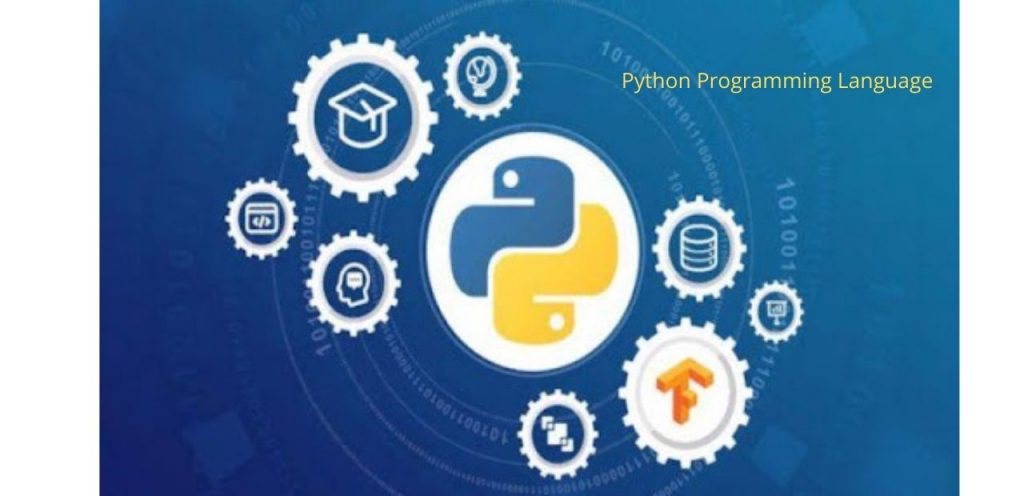
The fundamental part of software development is the team members for constructing a productive and effective environment. Python is an advanced language because it has a set of tools that allows isolating packages, libraries, and Python versions in every project with virtual environments. some of the tools are:
1)Conda
Conda is one of the dominant tools since it is an open-source package and environment system. The benefit of the tool is that it can quickly install, run, and update packages and their dependencies. It supports finding and installing packages.
2)Pip
Python has a package management tool, it is known as pip. Besides, It helps to install packages from PyPI and other indexes.
3)Pipenv
The Pipenv tool aims to bring the top of all packaging to the Python world. In the case of projects, it helps to create and manage virtual environments. Furthermore, through a unified interface, it allows a way to use pip and virtualenv togetherly.
4)Pipx
Pipx is another tool that helps to install and run thousands of end-user applications written in Python, that contains packages in a secure, appropriate, and also reliable way. The applications are available in the command line or shell. Moreover, it creates a remote environment for every application and its associated packages.
5)Pyenv
Pyenv is a wonderful tool, which was previously known as Pythonbrew, and it is mainly used for installing and managing multiple Python versions. Pyenv can easily switch between different versions of Python. In addition, it is simple and unobtrusive.
Software Packaging and Deployment
Package, distribution, and deployment of the products to the end-user or client is the critical part of the software development cycle. In Python, PyPI is the best tool for quick and popular ways to deploy applications and libraries.
The tools used for this purpose:
1)Flit
Python packages and modules can be put quickly on PyPI using the tool Flit. It allows to set up detailed information about the packages and it can be published to PyPI with minimal effort.
2)Poetry
For creating, building, installing, and packaging Python projects, Poetry is an efficient tool and also it allows publishing the projects to PyPI.Moreover, it supports tracking and resolving the dependencies of the project. But it uses the ongoing virtual environments or for isolating the packages from the system-wide Python installation new ones are created.
3)PyInstaller
Pyinstaller is a powerful tool that freezes the Python application into stand-alone executables and it works under all the platforms like Windows, GNU/Linux,macOS, and more.
4)Setup tool
The setup tool is designed to facilitate packaging Python projects since it has a cluster of enhancements to the Python distutils that permit it to build and distribute Python distributions and it is a package development process library.
5)Twine
Twine is an excellent utility and it is used for publishing Python packages on PyPI.It is mainly used in projects for uploading source and binary distributions. With these resources, we can get started with packaging and deploying the Python applications, libraries, and packages to the end-users. Also, the Python Packaging Authority provides a lot of useful knowledge and classes to help distribute Python packages with modern tools.
Database Systems
Most of the applications are built up with the interaction of data and this interaction has happened through a DBMS( database management system) which gives permissions to define, create, maintain and control access to the database. Standard library packages and third-party packages and libraries are included to connect and manipulate the database with Python.SQL and NoSQL databases in Python is another option. To work with databases in Python there is an important tool and it is named Object-relational mapping tools(ORMs).
Python libraries for connecting and operating databases:
1) MongoEngine
MongoEngine uses the database MongoDB and it is a document-object mapper for functioning with MongoDB and object-oriented programming in Python has been used.
2) MySQL Connector/Python
MySQL has a database named MySQL and it is a self-contained Python driver for interacting with MySQL servers.
3) Psycopg
Psycopg also has a database named PostgreSQL, it is a PostgreSQL database adapter for the Python programming language.
4) PyMongo
PyMongo is also using the database MongoDB and it is a Python distribution containing tools for performing with MongoDB databases. It comes up with a native Python driver for this type of database system.
5) SQLAlchemy
SQLAlchemy is using the database SQL and it has a Python SQL toolkit and object-relational mapper for SQL databases.
6) sqlite3
SQLite database is used in sqlite3 and it is a lightweight disk-based database. The main advantage is that a separate server process is not necessary and it permits access to databases using a nonstandard variant of SQL. Besides, the benefit is, It’s freely available and comes in the Python standard library.
The powerful way to manage data in Python applications is to create and work with databases because the databases add remarkable functionality to the program and give versatility to the coding. Through these benefits, we can provide excellent features to the client. The fundamental skill of a developer is appropriately managing the database.
Software Testing
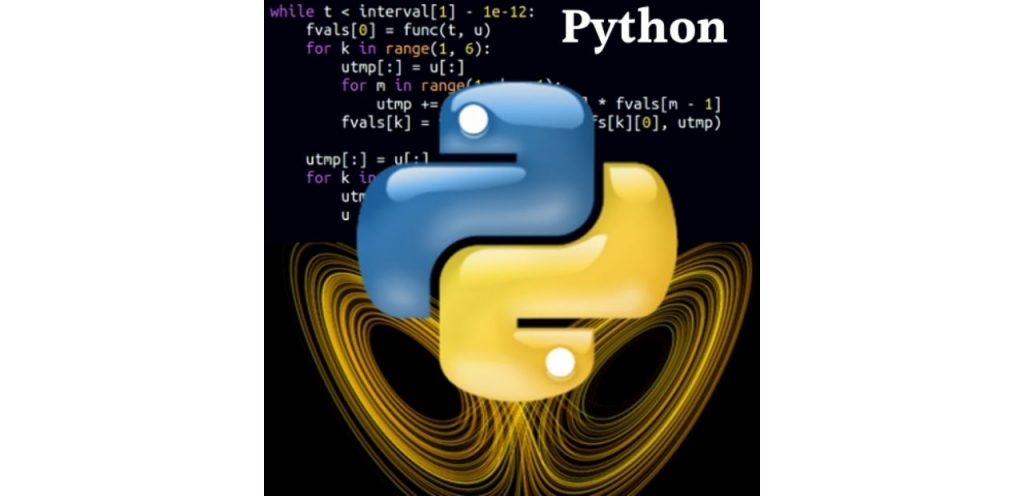
Python or any other programming language probably starts with small programs and scriptwriting that can run and do manual testing because the team members want to make sure they are working as they expect. When the programs go ahead with more complex codes, the testing process also becomes complicated for that, automated testing is done.
The testing process is compulsory because it helps to identify the bugs and can avoid getting them into production. Testing is mandatory because making mistakes by developers is not a new thing and codes are also not absolutely right.
Testing gives support in the code’s design. Moreover,non-functionality features such as performance, security, usability, regulatory compliance, recovery, stress, and more have also been checked. Testing is the main component of the software development life cycle.
In testing, Python has some best tools and these tools write consistent tests and automatically run.
1)Doctest
The pieces of text that look like interactive Python sessions are searched by doctest module and the sessions are executed to verify whether they are working properly.
2)Pytest
Pytest is a mature testing framework and it is robust because it provides tools to write and automate tests. It is an advanced tool to test the application and libraries from its small unit tests to complex functional tests.
3)Tox
Tox is a test command-line tool and also it is a generic virtualenv management. Now, Python’s are available in different versions and interpreters, so these tools check whether packages can be installed correctly in these various versions. In every configured environment the tests can be run.
4)Unittest
Unitest is a unit testing framework and it is accessible in the Python standard library. It is a backup for s test automation, setup and teardown of tests, aggregation of tests into collections, and more.
As a software developer, the code should be worked properly, so it must be produced reliably. It is necessary to test the code in every change that occurs or when a new feature is added. To overcome this situation automated tests are the best solution.
Develop Embedded Systems and Robots
Now, the world is getting more advanced with technology, so writing codes for applications that work on the web and desktop is unchallenging but writing code that supports hardware systems and robots is not easy. The demandable technologies like the Internet of Things, home automation, self-driving cars, and robotics have become more popular with advanced features in science and technology.
Python has a great role in the world of sensors, electrical motors, circuits, microcontrollers, and robots. At present, several Python projects move in that direction. Here are some of them:
1)BBC micro: bit
BBC micro: bit is an excellent library because it is programmable in Python and it is a pocket-sized computer that supports how software and hardware work together.
2)Circuit Python
CircuitPython supports the hardware with all properties and benefits, so it is a programming language designed to simplify experimenting and code learning on microcontroller boards at a low cost is an attractive feature.
3)MicroPython
A small subset of the Python standard library is included in MicroPython, therefore it is a lean and efficient implementation of Python. Besides, it is the reimplementation of Python that runs on the microcontroller’s hardware. and targets embedded systems.
4)PythonRobotics
PythonRobotics is focused on autonomous navigation and it has the compilation of various robotics algorithms with an attractive visualization. The basic idea behind each robotic algorithm is to make understanding easy and quick.
5)Raspberry PI
Raspberry Pi is a Linux-based computer and it is general purpose. In addition, It has a fulfilling operating system with a GUI interface, so at the same time, it is more capable of running many different programs. Python is built on the Raspberry Pi.
6)Rospy
Rospy is used for ROS(Robot Operating system) and it is a client library. The APIs have been enabled for the python programmers since it is interfacing with ROS quickly for creating complex and reliable robot behaviors.
What You Probably Shouldn’t Do With Python
Python is a high-level versatile programming language and there are lots of additional features that can do with it especially in advanced technologies because the coding level is so simple and it is open-source. The drawback of Python is that it has difficulty in interacting with low-level devices like device drivers because Python is an interpreted language. C or C++ is better for low-level applications
MicroPython and CircuitPython are designing for the low-level applications for Python, so people are working hard on projects that can give a back up to Python’s usability to low-level interactions. Furthermore, the speed is slow and memory-efficient for Python.
What Else Can I Do With Python?
Python can do lots of things, it is countless because Python is resourceful and an all-rounder in this advanced world of technologies. Based on the interest to find good projects, research can be done for better opportunities. In addition, there are different types of communities for Python projects in social media like Twitter and more.
Conclusion
A basic understanding of Python builds more talent and high skill in the programming language in Python. Application development to robotics, Python has a big role.
In this blog, you get an idea about the uses of Python:
- General software development
- Data science and math
- Workflow speedup and automation
- Embedded systems and robotics








